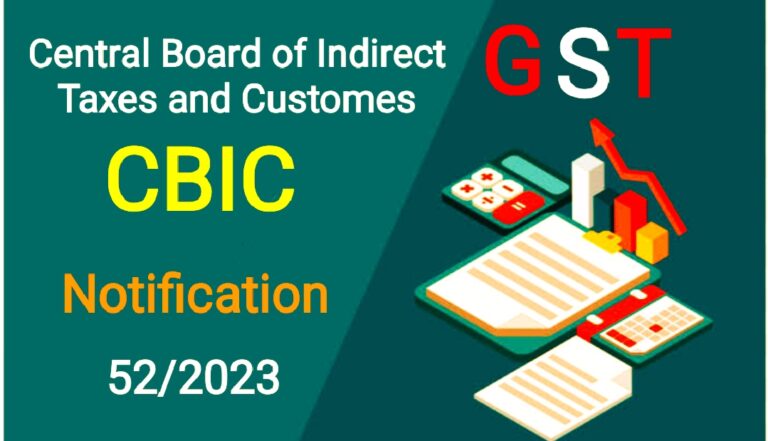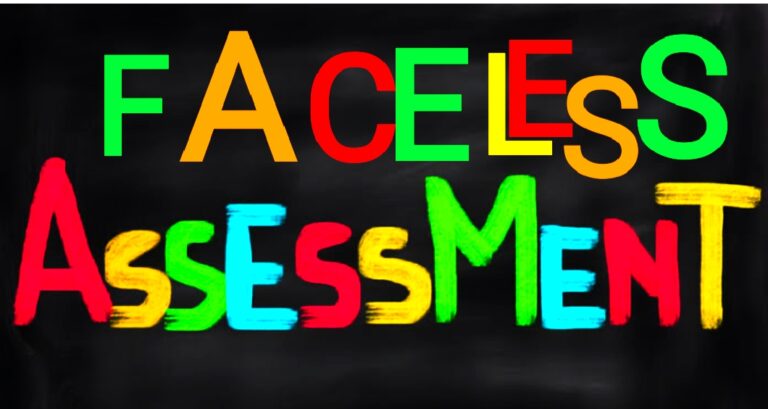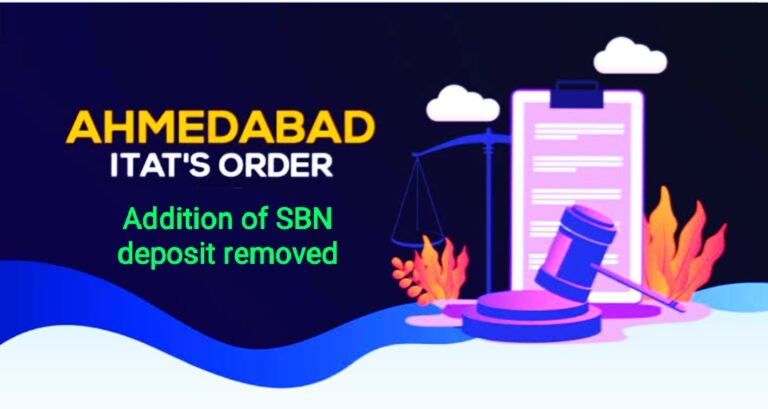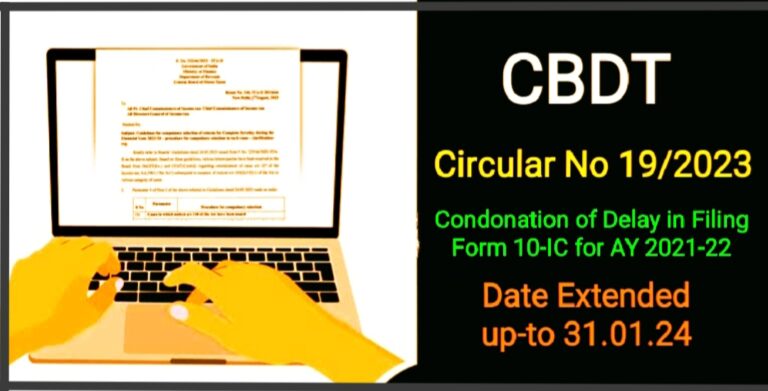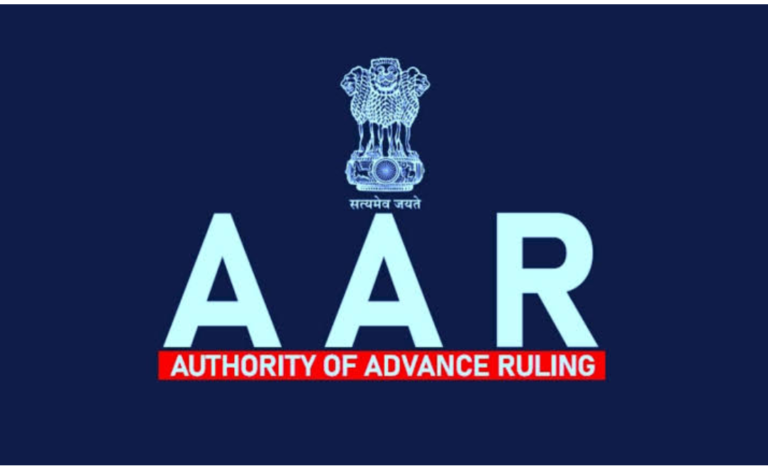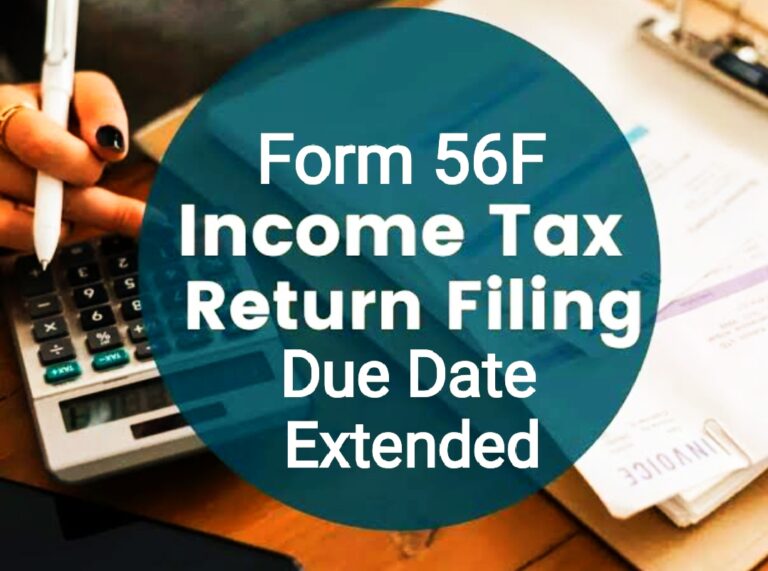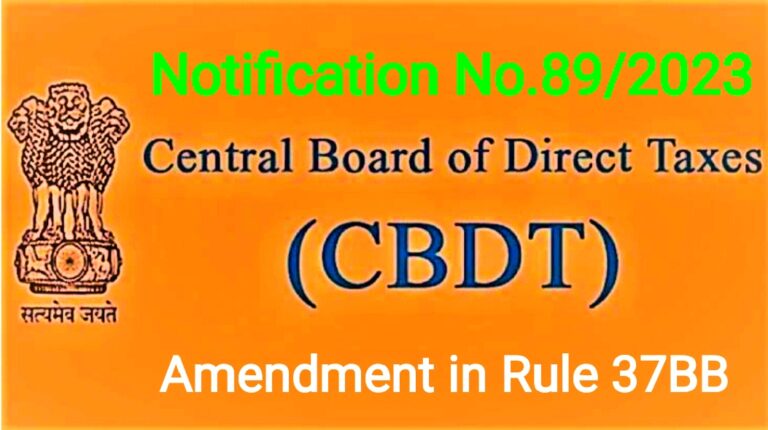Faceless Appeal Scheme under Income Tax
Faceless Appeal Scheme: The role of an Assessing Officer (AO) in the income tax system is crucial for ensuring accurate income declaration and tax liability calculation. Taxpayers have the right to challenge AO decisions through appeals to the Commissioner of Income Tax by using form-35. To streamline this process and eliminate human interface, the Finance Act, 2020 introduced amendments to Section 250 of the Income Tax Act, paving the way for a Faceless Appeal Scheme.
Faceless Appeal Scheme 2020
 Under the Faceless Appeal Scheme 2020, all income tax appeals before the CIT (Appeals) are processed in a faceless manner. Exceptions include serious frauds, major tax evasion, sensitive matters, and international taxation. The scheme ensures that appeals are handled by a dynamic jurisdiction rather than the jurisdictional CIT (Appeals).
Under the Faceless Appeal Scheme 2020, all income tax appeals before the CIT (Appeals) are processed in a faceless manner. Exceptions include serious frauds, major tax evasion, sensitive matters, and international taxation. The scheme ensures that appeals are handled by a dynamic jurisdiction rather than the jurisdictional CIT (Appeals).
Faceless Appeal (Amendment) Scheme 2021
In 2021, the scheme was amended to include a default right to personal hearing through video conferencing for appellants. The role of the Regional Faceless Appeal Centre was eliminated, and the National Faceless Appeal Centre directly assigns appeals to specific appeal units. All interactions, from allocation to communication, are online, eliminating physical contact between taxpayers and CIT (Appeal).
Conduct of Faceless Appeals
 The appeal process under the Faceless Appeal Scheme involves the following steps:
The appeal process under the Faceless Appeal Scheme involves the following steps:
(i) Assignment of Appeal: The National Faceless Appeal Centre assigns the appeal to a specific Commissioner (Appeals) through automated allocation.
(ii) Communications through NFAC: All communication with the appellant and the Assessing Officer is managed through the National Faceless Appeal Centre.
(iii) Assignment of Appellate Proceedings: The Commissioner (Appeals) may condone appeal filing delays, request submissions from the appellant, obtain further information, and involve the Assessing Officer as needed.
(iv) Response to Notice: The appellant must respond to notices within specified timeframes.
(v) Forwarding of Response to AU: The NFAC forwards the appellant’s response or the Assessing Officer’s report to the Commissioner (Appeals) in the Appeal Unit.
(vi) Raising of Additional Grounds of Appeal: Appellants can file additional grounds of appeal, which are reviewed by the Commissioner (Appeals) with input from the Assessing Officer.
(vii) Admission or Rejection of Additional Grounds: The Commissioner (Appeals) decides whether to admit or reject additional grounds and communicates the decision to the appellant.
(viii) Submission of Additional Evidence: Appellants can submit additional evidence, with the process involving the Assessing Officer’s input.
(ix) Admission or Rejection of Additional Evidence: The Commissioner (Appeals) decides whether to admit or reject additional evidence, with input from the Assessing Officer.
(x) Enhancement of Assessment/Penalty/Refund: If necessary, the Commissioner (Appeals) issues a show-cause notice for proposed actions and considers the appellant’s response.
(xi) Passing of the Final Appeal Order: The Commissioner (Appeals) prepares a written appeal order and sends it digitally to the NFAC for further action.
Hearing Process under Faceless Appeals
 No personal appearance is permitted. The appellant can request a personal hearing through video conferencing. The Commissioner (Appeals) grants the request, and the hearing is conducted via video conferencing. All examinations and statements are recorded through video conferencing or video telephony.
No personal appearance is permitted. The appellant can request a personal hearing through video conferencing. The Commissioner (Appeals) grants the request, and the hearing is conducted via video conferencing. All examinations and statements are recorded through video conferencing or video telephony.
Steps to File an e-Appeal
To file an e-appeal on the e-filing portal, follow these steps:
Step1- Visit the E-Filing Portal: Access the portal and log in.
Step 2- Log In: Use your PAN and password to log in.
Step 3- Access Electronic Appeal Form 35: Go to ‘e-File > Income Tax Forms’ and select ‘Appeals (Form 35)’.
Step 4- File Appeal Form 35: Click ‘File Now’ and follow the instructions, providing details in seven specified columns.
Step 5- Upload Supporting Records: Attach necessary documents and records in PDF or ZIP format.
Step 6- Fill the Verification Form: Complete the form and click ‘Save’.
Step 7- Preview the Online Appeal: Review the appeal for any errors.
Step 8- e-Verification & Uploading of Online Appeal: Verify and submit the appeal using the e-Verification options available.
Conclusion
The Faceless Appeal Scheme has transformed the income tax appeal process, making it efficient, transparent, and convenient for taxpayers. With the option for personal hearings and the entire process online, it ensures fairness and accountability in tax appeals.
To Access the Procedure of Appeal from I-T portal CLICK HERE
To Access the process of Appeal to I-T Tribunal CLICK HERE

